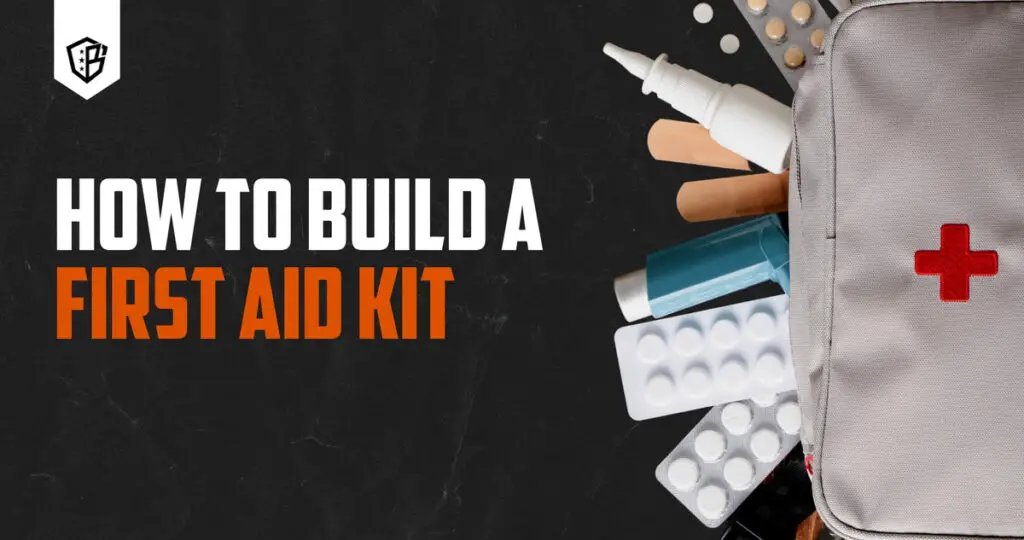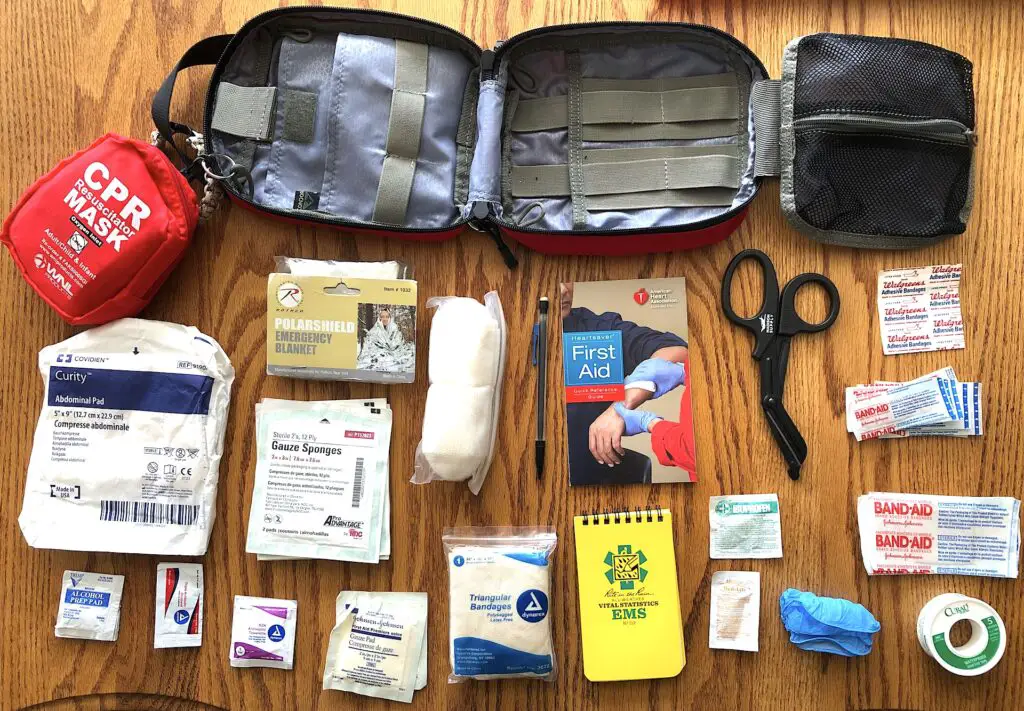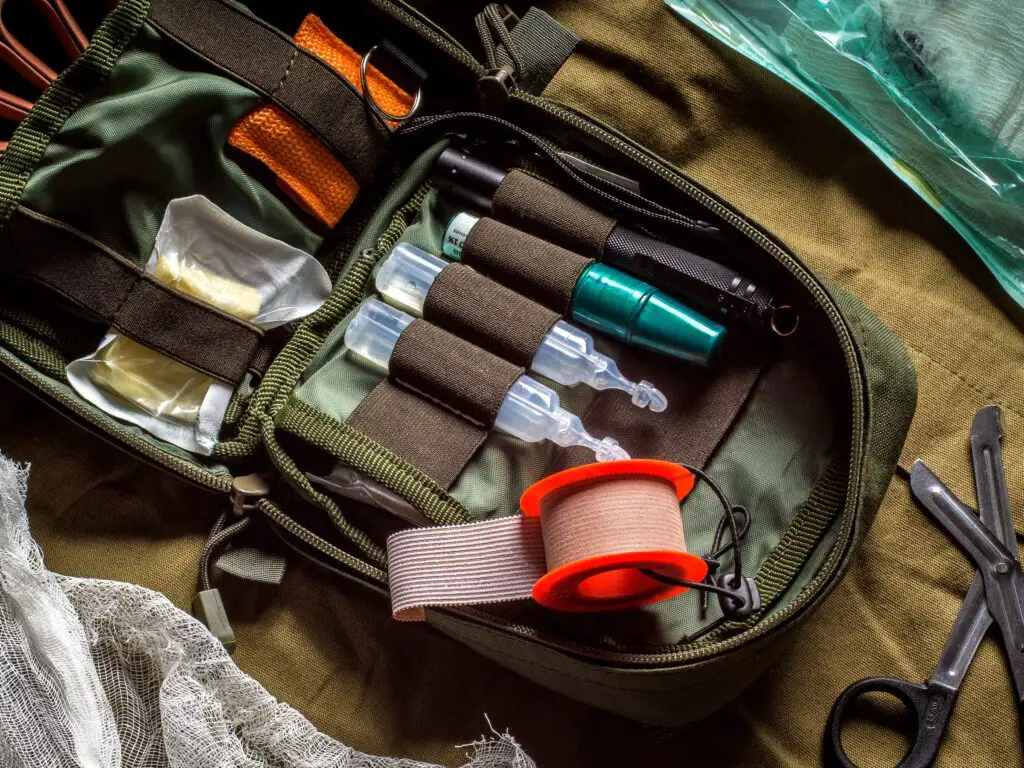Have you ever thought about what you would do in an emergency? Do you have a first aid kit at home, in your car, or when you go on outdoor adventures? Having a basic first aid kit is important, but have you considered taking it a step further and building a comprehensive first aid kit that goes beyond the basics?

What Is a Comprehensive First Aid Kit?
A comprehensive first aid kit is more than just bandages and antiseptic wipes. It is a well-equipped collection of supplies that can help you manage a wide range of injuries and medical emergencies effectively. This type of kit is especially important for those who are frequently exposed to potential risks, such as outdoor enthusiasts, parents, and athletes.
Why Do You Need a Comprehensive First Aid Kit?
Having a comprehensive first aid kit can make a significant difference in the outcome of an emergency. In situations where medical help may be delayed or unavailable, having the right tools and supplies on hand can mean the difference between life and death. A well-stocked first aid kit can help you treat injuries promptly and effectively, reducing the risk of complications or further harm.
Essentials of a Comprehensive First Aid Kit
Basic Supplies
Every comprehensive first aid kit should include basic supplies such as bandages, gauze pads, adhesive tape, and antiseptic wipes. These essentials will come in handy for treating minor cuts, scrapes, and burns.
Medications
Include a supply of common medications in your kit, such as pain relievers, antihistamines, and anti-inflammatory drugs. These medications can help alleviate pain, reduce inflammation, and manage allergic reactions until medical help arrives.
Tools and Instruments
A comprehensive first aid kit should also include tools and instruments such as scissors, tweezers, a thermometer, and a splint. These items can be useful for performing minor medical procedures and assessing the severity of injuries.
Personal Protective Equipment (PPE)
It is crucial to include personal protective equipment in your first aid kit, such as disposable gloves, face masks, and eye protection. These items can help protect both you and the patient from contamination and infection.
Emergency Blanket
An emergency blanket is a lightweight, compact item that can help keep a patient warm and prevent hypothermia in emergencies. It is an essential addition to any comprehensive first aid kit.
Advanced Supplies for Your Comprehensive First Aid Kit
Tourniquet
A tourniquet is a vital tool for controlling severe bleeding in emergencies. Make sure to include a high-quality tourniquet in your kit and learn how to use it properly to prevent complications.
Chest Seal
A chest seal is used to treat open chest wounds and prevent air from entering the chest cavity. It is a crucial item for managing trauma injuries and can help stabilize the patient until medical help arrives.
CPR Mask
Including a CPR mask in your kit is essential for performing CPR safely and effectively. This device creates a barrier between you and the patient, reducing the risk of infection transmission during resuscitation efforts.
Sam Splint
A Sam splint is a versatile and lightweight splinting device that can be used to immobilize injured limbs and provide support during fractures or sprains. It is a valuable addition to any comprehensive first aid kit.
QuickClot
QuickClot is a hemostatic agent that helps promote blood clotting and control severe bleeding rapidly. It can be lifesaving in emergencies where traditional methods of bleeding control are ineffective.

Organizing Your Comprehensive First Aid Kit
Container
Choose a durable and waterproof container to store your comprehensive first aid kit. Make sure it is easily accessible and portable, so you can take it with you wherever you go.
Labeling
Label each section of your first aid kit clearly to make it easier to find the supplies you need quickly. Consider using color-coded labels for different types of supplies to improve organization.
Inspection and Maintenance
Regularly inspect your comprehensive first aid kit to ensure that supplies are up to date and in good condition. Replace expired medications and damaged items promptly to keep your kit ready for any emergency.
Customization
Tailor your first aid kit to your specific needs and activities. Consider adding items such as insect repellent, sunscreen, or medications for chronic conditions based on your lifestyle and potential risks.
Training and Education
First Aid Training
It is essential to have the knowledge and skills to use the supplies in your comprehensive first aid kit effectively. Consider taking a first aid training course to learn how to assess injuries, provide basic life support, and manage medical emergencies appropriately.
Emergency Response Plan
Develop an emergency response plan for different scenarios and practice it with your family or companions. Ensure that everyone knows the location of the first aid kit and how to use its contents in case of an emergency.
Continuous Learning
Stay informed about the latest developments in first aid and emergency medicine by attending workshops, seminars, or online courses. Continuous learning can help you improve your skills and confidence in managing medical emergencies effectively.

Conclusion
Building a comprehensive first aid kit that goes beyond the basics is a proactive step towards preparedness and safety in emergencies. By including a wide range of supplies and tools in your kit, you can effectively manage injuries and medical emergencies until professional help arrives. Remember to customize your kit to your specific needs, maintain it regularly, and stay informed about best practices in first aid and emergency response. Your comprehensive first aid kit could be a lifesaver in a critical situation, so invest the time and effort to build and maintain it properly.
